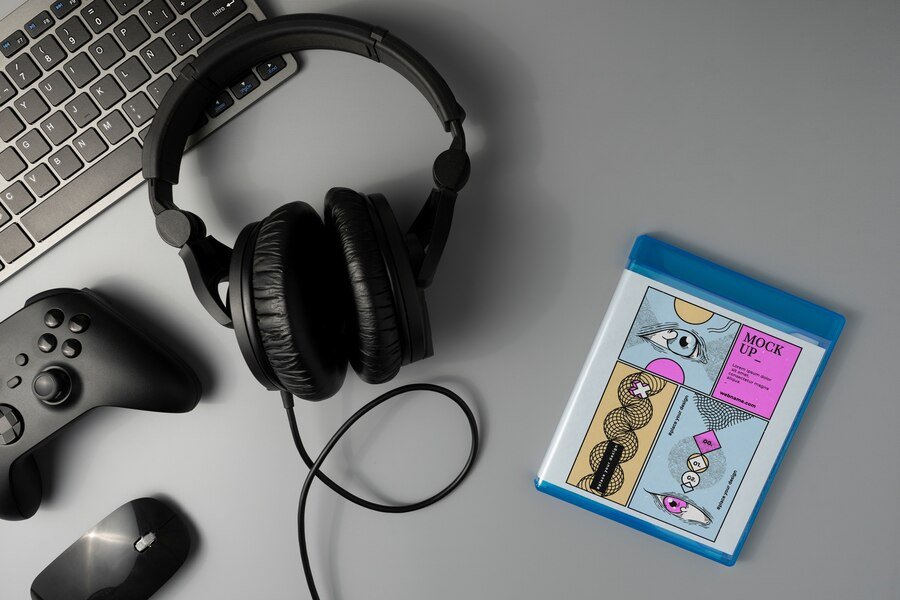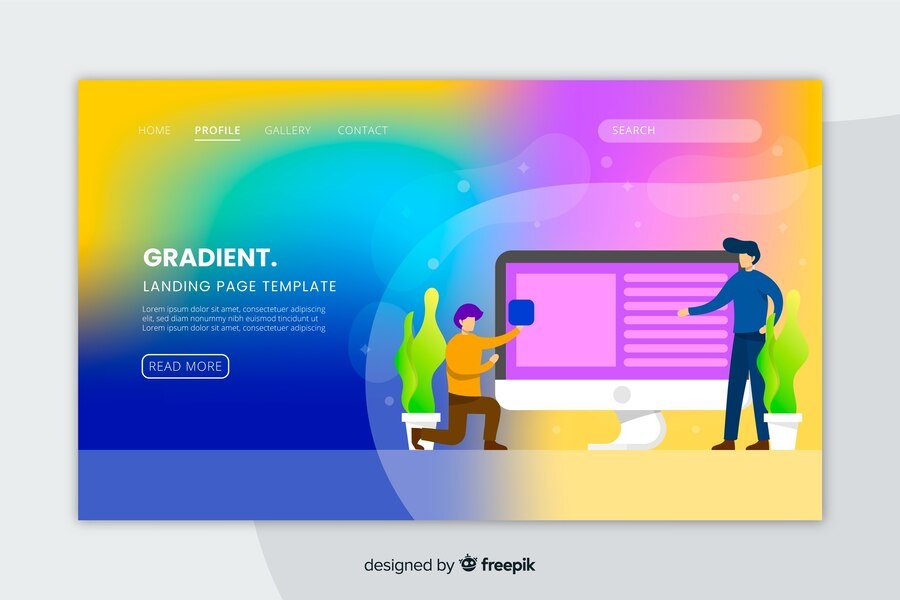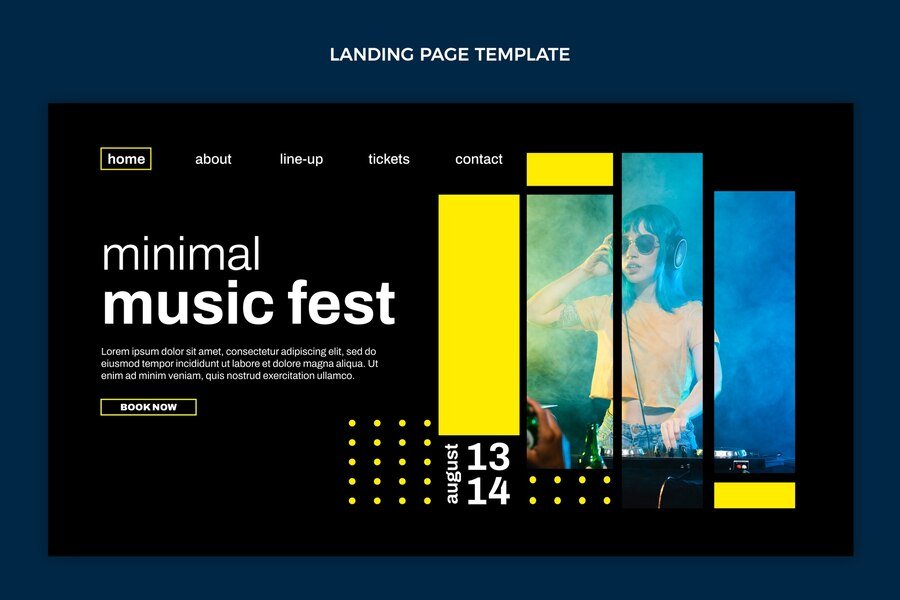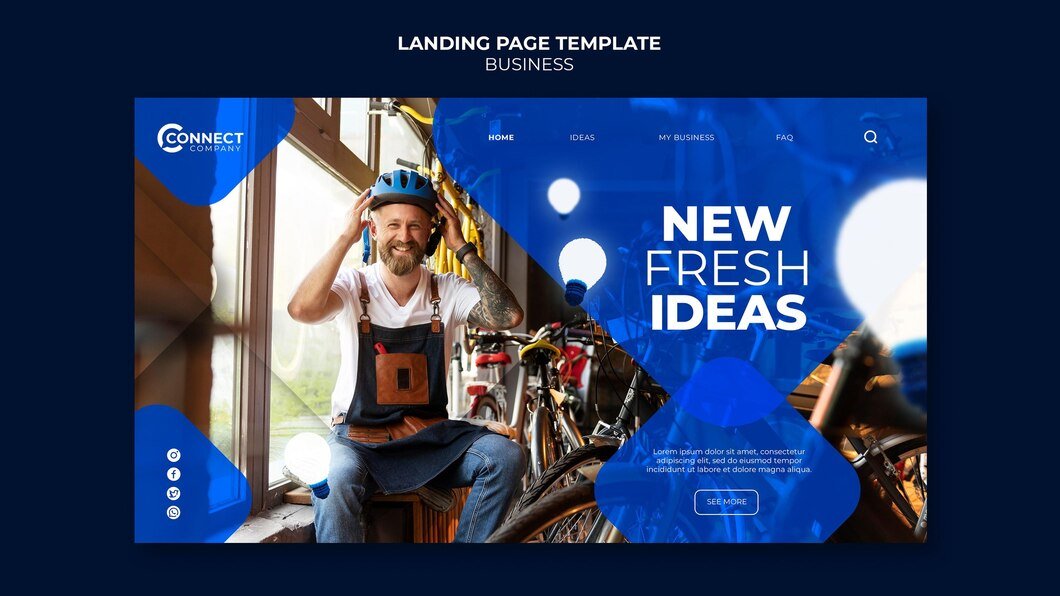Introduction
In the ever-evolving digital landscape, the fusion of art and technology has paved the way for immersive online experiences. Music website design stands at the forefront of this intersection, offering a platform where creativity harmonizes with functionality. Crafting engaging user experiences in this realm requires a delicate balance of aesthetic appeal, intuitive navigation, and seamless integration of multimedia elements.
Understanding the Essence of Music Website Design
At its core, music website design transcends mere visual aesthetics; it embodies the essence of the musical journey. Each element, from color schemes to typography choices, must resonate with the genre, mood, and identity of the artist or brand. Whether it’s a vibrant palette for a pop artist or a minimalist layout for a classical composer, the design should reflect the soul of the music.
Harmonizing Visual and Interactive Elements
Engagement lies at the heart of effective music website design. To captivate audiences and keep them coming back for more, it’s imperative to harmonize visual and interactive elements seamlessly. From dynamic background visuals to interactive music players, every component should contribute to a cohesive and immersive experience.
Dynamic Visuals
Dynamic visuals play a pivotal role in setting the tone and atmosphere of a music website. Whether it’s captivating photography, mesmerizing videos, or stunning animations, visual elements should transport visitors into the world of the artist. By leveraging parallax scrolling, video backgrounds, and interactive graphics, designers can create an immersive environment that enhances the listening experience.
Intuitive Navigation
Navigating a music website should be as effortless as navigating a melody. Intuitive navigation ensures that visitors can seamlessly explore the artist’s discography, upcoming events, merchandise, and other essential content. Clear and concise menu structures, breadcrumb trails, and strategically placed call-to-action buttons guide users on their journey, reducing friction and enhancing engagement.
Interactive Music Players
Music is meant to be heard, felt, and experienced. Interactive music players empower visitors to immerse themselves in the artist’s soundscapes directly on the website. From customizable playlists to real-time lyric displays, these players transform passive listening into an interactive journey, fostering a deeper connection between the audience and the music.
Embracing Responsive Design Principles
In an era where mobile devices reign supreme, responsive design is non-negotiable. A music website must adapt seamlessly to various screen sizes and resolutions, ensuring a consistent and optimal experience across desktops, laptops, tablets, and smartphones. Embracing responsive design principles not only enhances usability but also improves search engine optimization (SEO), as Google prioritizes mobile-friendly websites in its rankings.
Amplifying User Engagement Through Social Integration
Music is inherently social, transcending boundaries and bringing people together. Social integration amplifies user engagement by facilitating seamless sharing, interaction, and community building. From integrated social media feeds to user-generated content campaigns, leveraging social platforms extends the reach and impact of the music website, fostering a vibrant online ecosystem.
Conclusion
In the digital age, music website design has emerged as a powerful medium for artists to connect with their audience on a deeper level. By harmonizing visual aesthetics, interactive elements, responsive design, and social integration, designers can craft engaging user experiences that resonate with music lovers worldwide. As technology continues to evolve, the art of music website design will continue to push boundaries, shaping the future of online music consumption and appreciation.













